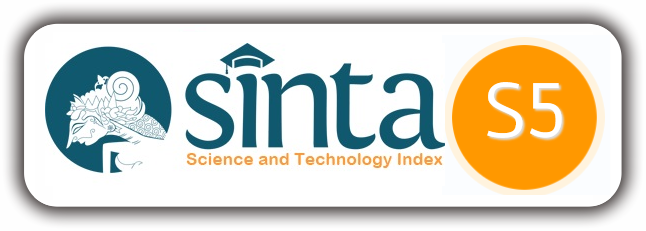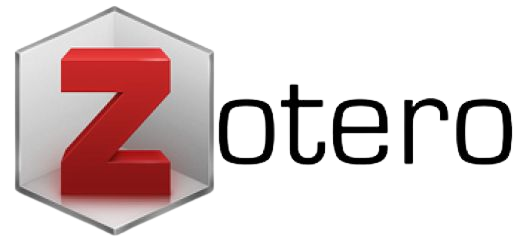ANALISIS PROFITABILITAS PELANGGAN MENGGUNAKAN TIME-DRIVEN ACTIVITY-BASED COSTING (STUDI KASUS PADA HOTEL HYATT REGENCY YOGYAKARTA)
Ichwanul Kamila(1*)
(1) Maksi FEB UGM
(*) Corresponding Author
Abstract
Keywords
Full Text:
PDFReferences
Cooper, R. & Kaplan, R.S. 1991. The Design ofCost Management System: Text, Cases,and Readings, Englewood Cliff, NJ:Pentice Hall Inc.Dalci,Ilhan., Tanis, Veyis., &Kosan, Levent.,2009., Customer Profitability Analysiswith Time-Driven Activity-Based Costing:a Case Study in Hotel,. Emerald:International Journal of ContemporaryHospitality Management Vol. 22 (4). Pp.609-637Garrison, Ray H., Noreen, Eric W., & Peter C.Brewer., 2000. Akuntansi Manajerial.Jakarta: Salemba Empat.Hansen, Don R., &Mowen, Maryanne., 2006.,Akuntansi Manajerial., Jakarta:SalembaEmpatHariadi, Bambang., 2002. AkuntansiManajemen: Suatu Sudut Pandang.Yogyakarta: BPFE.Hartono, Jogiyanto. 2013. Metode PenelitianBisnis, Salah Kaprah dan Pengalaman.Yogyakarta: BPFE.Kaplan, Robert &Andrerson, Steven., 2007.Time- Driven Activity-Based Costing.Harvard Business Review. www.hbr.orgMaharani, Shinta. 2014. Hotel di YogyakartaPerangTarif. https://m.tempo.co.id.Diakses pada 27 Oktober 2015.9Mulhern, F. J. 1999. “Customer Profitability Analysis: Measurement, Concentration, andResearch Directions.” Journal of Interactive Marketing 13(1): 25-40.Mulyadi., 2007., Activity-Based Cost System: Sistem Informasi Biaya untuk Pengurangan Biaya. Jogjakarta: UPP AMP YKPNOktarinda, Anggi. 2014. PHRI Yogyakarta Cemaskan Perang Tarif Hotel. http://kabar24.bisnis.com. Diakses pada 12 Januari 2016.Ridarineni, Neni&Itah, Israr.2015. Jumlah Kunjungan Wisatawanke DIY Lampaui Target. http://nasional.republika.co.id. Diakses pada tanggal 11 Januari 2016.Sekaran, Uma., 2000, Research Methods For Business, Jakarta : Penerbit Salemba Empat.Subagyo., 2008, Time-Driven Activity Based Costing, JurnalAkuntansi: Volume 8 Nomor 3 September 2008; 223-234Supriyono, RA., 1999. Manajemen Biaya Suatu Reformasi Pengelolaan Bisnis. Yogyakarta: BPFE
Article Metrics
Refbacks
- There are currently no refbacks.
This work is licensed under a Creative Commons Attribution 4.0 International License.
______________________________________________________________________________________________________
2302 - 1500


_logo2.png)





